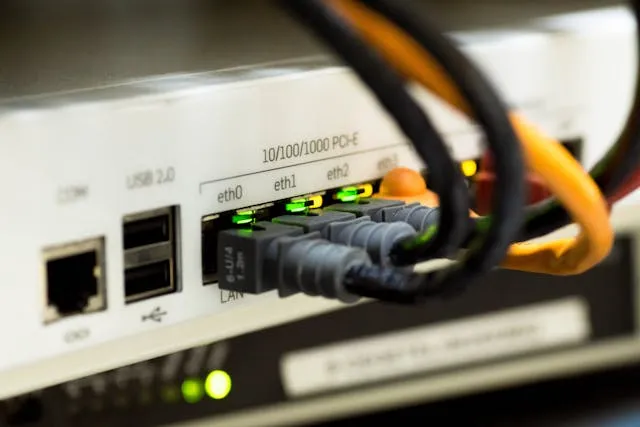Note: Focus on the key concepts to deepen your understanding of how the internet functions, which will help you develop secure, scalable, and effective applications.
Introduction to the Internet
Before discussing the internet, it’s essential to understand what a network is. A network is a group of connected computers and devices. For instance, your home may have a network, as might your neighbor. When these networks connect, they form the internet.
The internet began in the 1960s, developed by the U.S. Department of Defense as a decentralized communication system. Over time, it has become a global network used by billions for communication, business, and entertainment.
As a developer, knowing how the internet operates and the underlying technologies is critical to building modern applications.
How the Internet Works: An Overview
The internet connects devices using standardized protocols, defining how data is exchanged securely. The backbone consists of interconnected routers directing data packets from one device to another until they reach their destination.
Key Protocols:
- Internet Protocol (IP): Routes data to the correct destination.
- Transmission Control Protocol (TCP): Ensures reliable data transmission.
Other important technologies include:
- Domain Name System (DNS)
- Hypertext Transfer Protocol (HTTP)
- Secure Sockets Layer (SSL)/Transport Layer Security (TLS)
Understanding these protocols is vital for internet-based application development.
Basic Concepts and Terminology
- Packet: A small unit of data sent over the internet.
- Router: Directs packets between networks.
- IP Address: A unique identifier for each device on a network.
- Domain Name: Human-readable website names (e.g., google.com).
- DNS: Translates domain names into IP addresses.
- HTTP/HTTPS: Protocols for data transfer between client and server.
- SSL/TLS: Encrypts data to secure communication.
Familiarizing yourself with these terms is crucial for building web applications.
The Role of Protocols
Protocols define how data is exchanged over the internet. Some key protocols include:
- IP: Routes packets.
- TCP/UDP: Ensures data is transmitted reliably.
- DNS: Translates domain names to IP addresses.
- HTTP: Transfers data between client and server.
Standardized protocols ensure compatibility between different systems, enabling seamless communication across devices.
IP Addresses and Domain Names
- IP Address: A numerical identifier for each device on a network.
- Domain Name: A readable identifier (e.g., google.com), translated into an IP address using DNS.
When you enter a domain name, your browser queries DNS to retrieve the corresponding IP address, establishing the connection.
HTTP, HTTPS, and Web3
- HTTP (Hypertext Transfer Protocol): Transfers data between a client (browser) and a server (website).
- HTTPS: A secure version of HTTP, encrypting data using SSL/TLS. You’ll see a padlock icon in the address bar when a website uses HTTPS.
Web3
Web3 refers to the next generation of the internet, focusing on decentralization. Unlike traditional web (Web2) that relies on centralized servers and platforms (e.g., HTTP, HTTPS), Web3 leverages blockchain technology to create decentralized applications (dApps) where data is not controlled by a single entity. Web3 aims to give users more control over their data, promote privacy, and enable peer-to-peer interactions without intermediaries.
Building Applications with TCP/IP
The TCP/IP protocol suite is the backbone of internet communication. Key concepts:
- Ports: Identify services or applications running on devices.
- Sockets: Combine IP address and port for communication endpoints.
- Connections: Established between two devices to exchange data.
Understanding TCP/IP is fundamental for building robust internet-based applications.
Securing Communication with SSL/TLS
SSL/TLS encrypts data to secure online communication. Important concepts:
- Certificates: Verify server identity through trusted authorities.
- Handshake: Negotiates encryption between client and server.
- Encryption: Secures data during transmission.
For secure applications, ensure SSL/TLS is properly configured and use valid certificates.
Emerging Trends and Technologies
The internet is evolving, with new technologies shaping its future:
- 5G: Offers faster speeds and low latency for emerging applications.
- Internet of Things (IoT): Expands internet connectivity to devices and appliances.
- Artificial Intelligence (AI): Powers smarter applications with capabilities like voice assistants and predictive analytics.
- Blockchain: Enables decentralized, secure transactions.
- Edge Computing: Brings data processing closer to the source, improving real-time analytics.
Staying current with these trends ensures your applications remain cutting-edge.
Note: Developing a solid understanding of these foundational internet concepts will help you build better, more secure applications.
